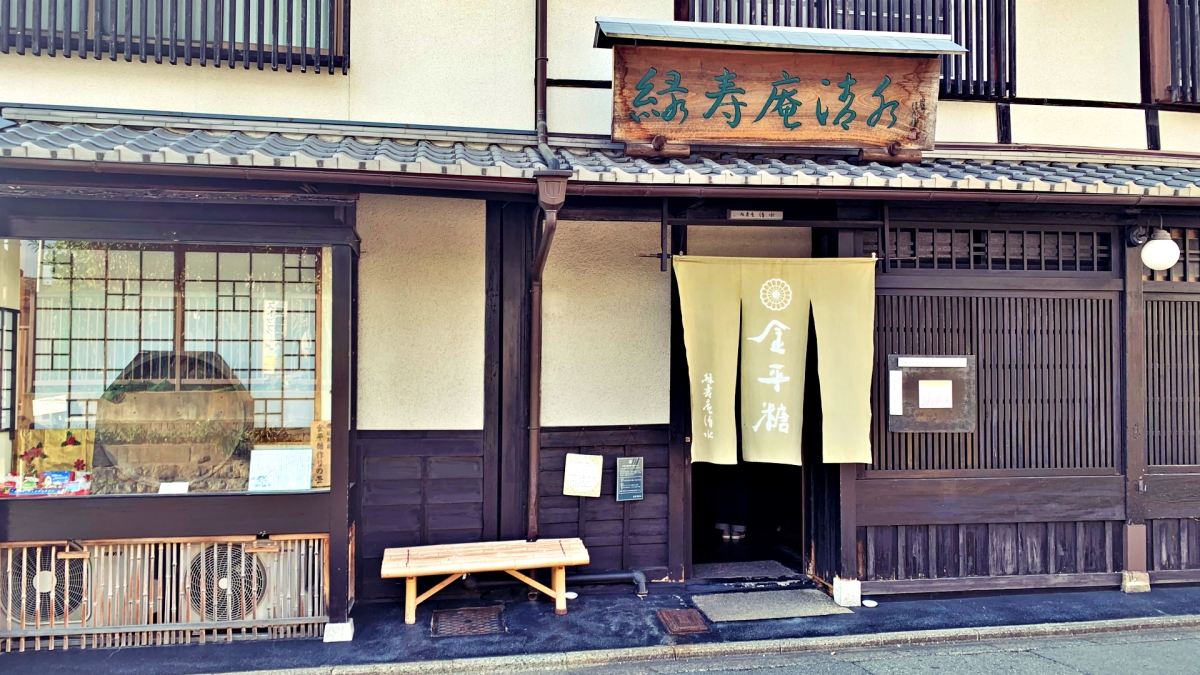Language:Japanese
Oda Nobunaga’s favorite kompeito is a sugar confectionery that is said to have been offered by missionaries during the Warring States period. At that time, it took several days to make one type of kompeito, and it seems that it was an expensive snack that the general public could not eat.
Konpeito from that time is rarely seen these days, but Ryokujuan Shimizu, founded in 1847, has handed down its manufacturing method from father to son.
Since it is the only kompeito specialty store in Japan, it is crowded with people who come to ask for special gifts even on weekdays.
In Heisei 12, it was exhibited at the Museum of Kyoto “The Wind of a Foreign Country: Europe as Seen by Kyoto in the Edo Period”, so it can be said that it is not only a confectionery that came to Nanban, but also a historical work of art.
In the past, I was allowed to see the place where kompeito was made, but unfortunately I can’t see it now. The only kettle on display in the window of the storefront tells the story of what it was like at that time.
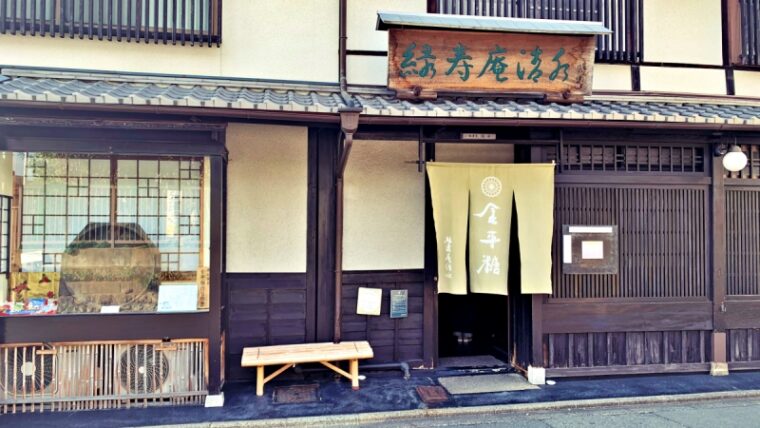
There is no recipe for the traditional method of kompeito, and it is said that it is made while feeling the sound of kompeito rolling in a kettle with all five senses. In addition, it seems that the sense of craftsmanship must be adjusted, such as adjusting the “concentration of nectar” and “temperature and angle of the kettle” according to the climate such as temperature and humidity.
Kompeito, which is completed by skilled craftsmen using their five senses and repeating the process of “pouring nectar and mixing with a trowel” while turning a hot kettle, for 2~3 weeks, looks like a small jewel.
This is how kompeito is made over two weeks. Sounds daunting, right?
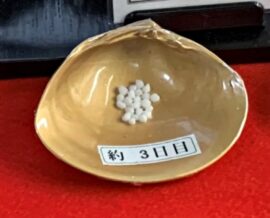
Day 3
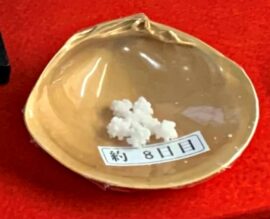
Day 8
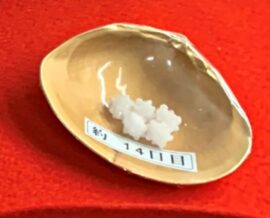
Day 14
Kompeito with limited sales quantities
When I entered the store, I was surprised to find that most of the products were sold in limited quantities or were pre-ordered, which required a wait of about two weeks to be delivered. When I think about the number of days it takes to make it, I see. It seems that you are more concerned with quality than selling numbers.
Exhibits
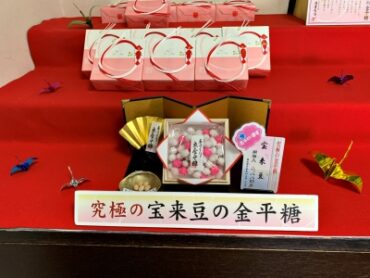
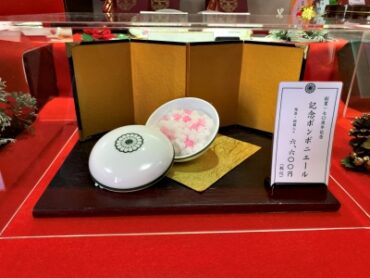
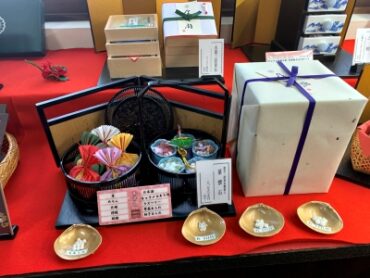
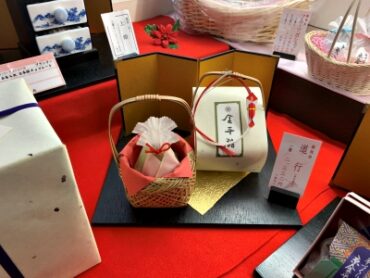
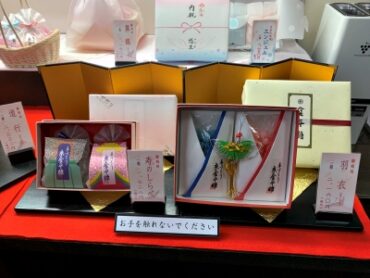
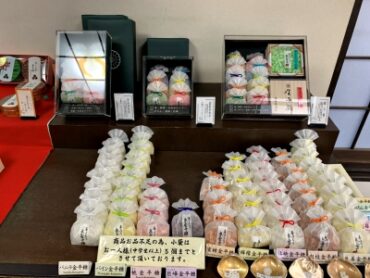
Origin of kompeito
Kompeito is a part of Western culture that was introduced from Portugal in 1546, and for Japan at the time, when sugar was precious, only nobles and high-ranking samurai could eat it.
According to the writings of the missionary Louis Frois, when he visited Nobunaga at Nijo Castle on April 16, 1569, in the twelfth year of Eiroku (1569), he presented him with several candles and a flask of kompeito, and at that time the method of production was still a secret.
Considering that the method of making kompeito is described in the “Japan Eidaizo” by Ihara Saitsuru published in the 5th year of Sadaka (1688), kompeito began to be made in Japan, which means that it was introduced from the West about 100 years later.
The etymology of kompeito is derived from the Portuguese word “confeito”, and at that time it was also called “konbeito”. Today, it is called “Konpeito” in the Kanto region and “Konpento” in the Kansai region.
Summary
“Ryokujuan Shimizu” is the only kompeito specialty store in Japan. The shop is easy to enter, and although it is small, it is moderately organized. Small bags for less than 1,000 yen are also on sale, so why not stop by? It may change the perception of kompeito.

